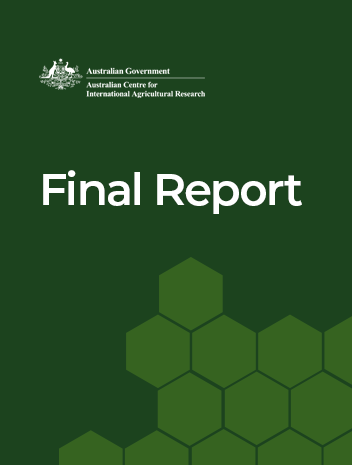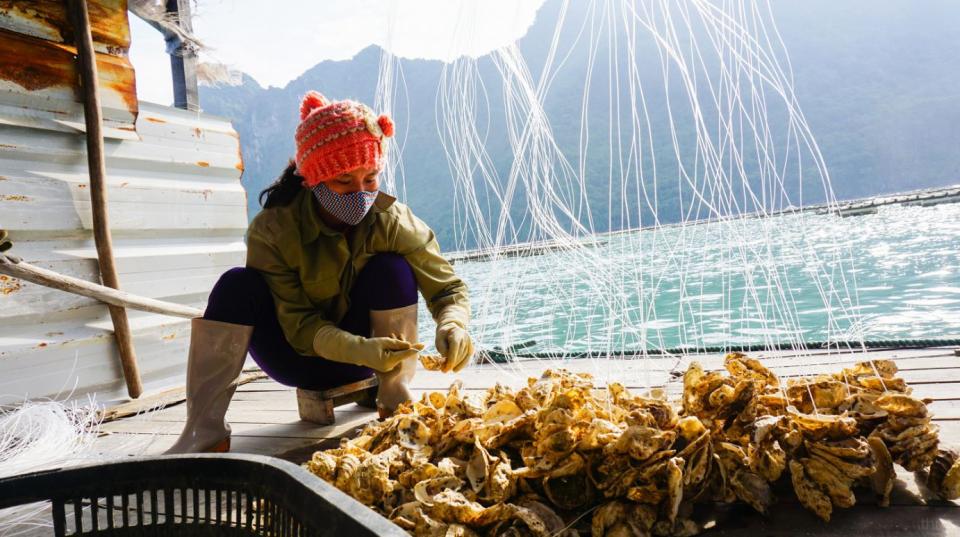Overview
This project aimed to increase hatchery-based bivalve mollusc production in Vietnam and Australia and expand opportunities for coastal communities to rear molluscs.
Vietnam's oyster industry is growing and expanding, building on the success of earlier ACIAR programs. Farming is now spread across 28 provinces and produces an estimated 15,000 tonnes of oysters a year. The community is becoming more involved, and processing and marketing are expanding.
The key species produced is the Portuguese oyster (not the Pacific oyster), and the Vietnamese stock is sufficiently genetically diverse to form the basis of a breeding program.
Outcomes
- This is the fourth in a series of projects seeking to build mollusc industries in Vietnam and support existing industries in NSW. Primarily we have sought to underpin the rapid development of the Vietnamese oyster industry established in earlier work, through increasing oyster supply, opening opportunities for selective breeding and increasing the understanding of oyster quality and quality assurance. In NSW, we focussed on enhancing opportunities for new and emerging bivalve species.
- In Vietnam oyster spat supply has increased and oyster production has more than doubled over the life of the program. Farming is now spread across 28 provinces and production has been conservatively estimated to have exceeded 15,000 tonnes/annum (some estimates place production at twice this level). Community involvement has increased with an estimated 2500 coastal-dwelling families now benefitting from the oyster industry. The processing and marketing sectors are also expanding. New processing facilities have been constructed and investment in the industry continues.
- Within Australia, research has made a number of significant contributions. Our understanding of the reproductive cycle of the flat oyster has significantly increased. As a result of hatchery research the output of flat oyster seed from each batch has doubled and has directly supported more than $1 million in oyster production in NSW. The technology has been disseminated to hatcheries in other states and has facilitated assessments of commercial flat oyster production in southern Australia. The possibility of farming pipis is now closer to reality with larval rearing and settlement techniques having been demonstrated for the first time. Razor clams were spawned and descriptions of the early larval stages were made, although more work is required to complete the larval life cycle. Meanwhile, in an effort involving both RIA1 and DPI staff, the development of the improved molecular tools for the assessment of genetic diversity in Sydney rock oysters has led to the most significant change in the Sydney rock oyster (SRO) breeding program in its 25 year history. The mass selected breeding lines that once were the basis for breeding were replaced with a pedigreed, family-based breeding program using among-family selection with over 200 families, which was used as a model for the Vietnamese oyster breeding program.
Key partners
Research Institute for Aquaculture No. 1
Documents
Image

2.88 MB
-
pdf
Download



